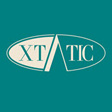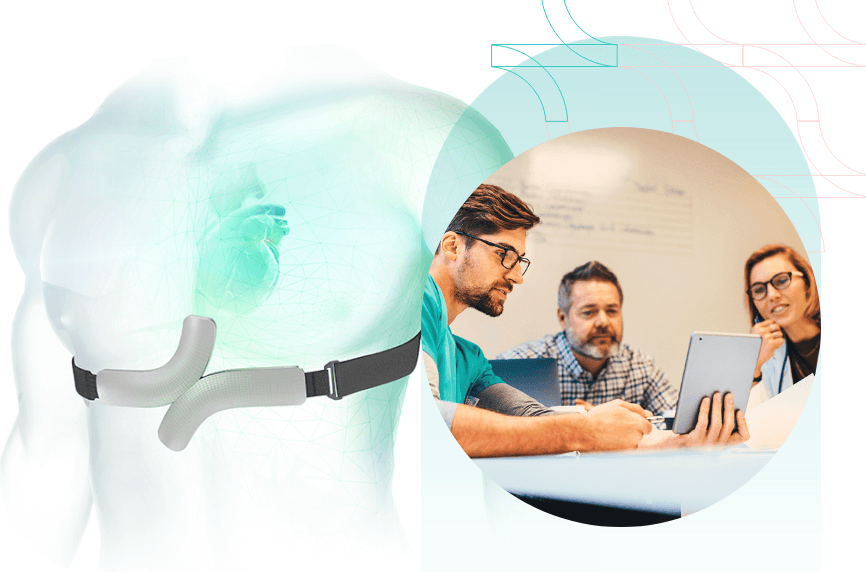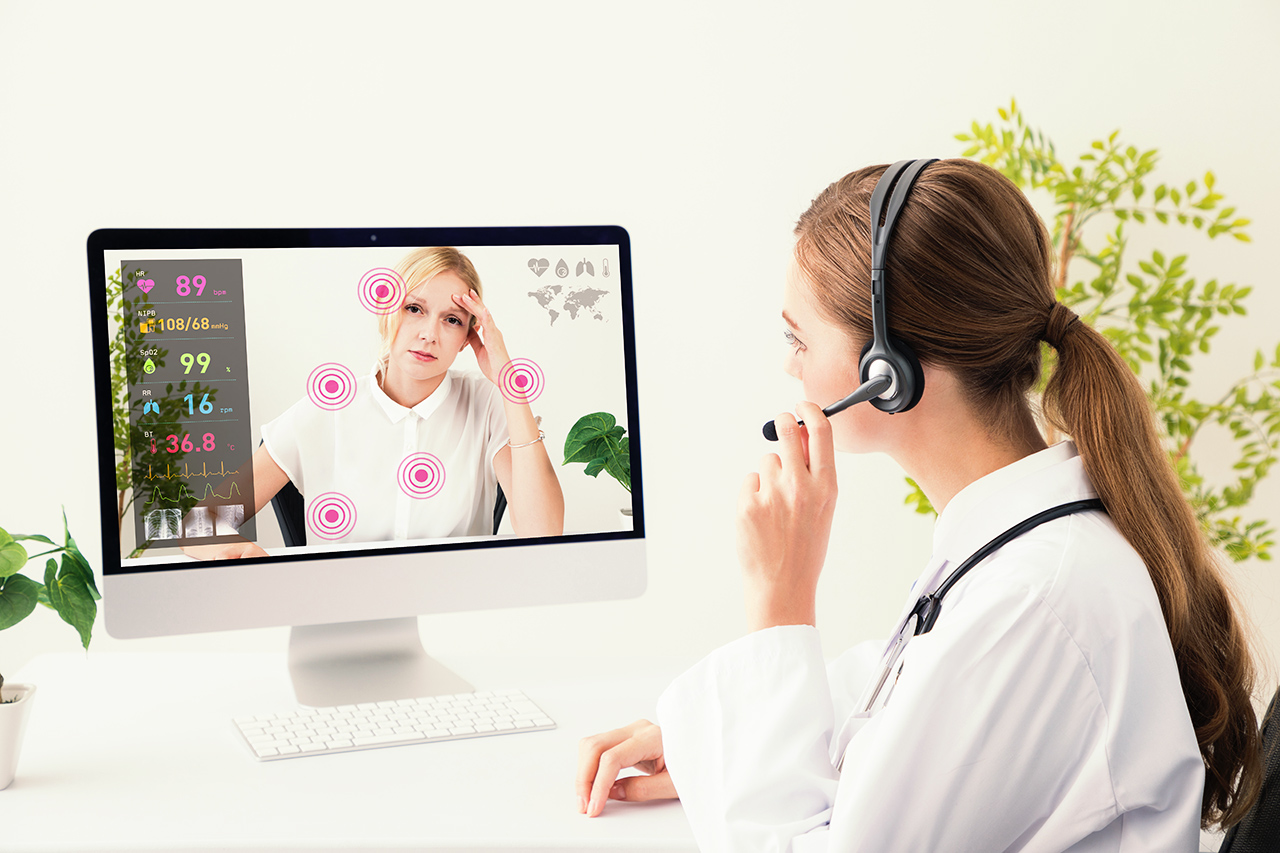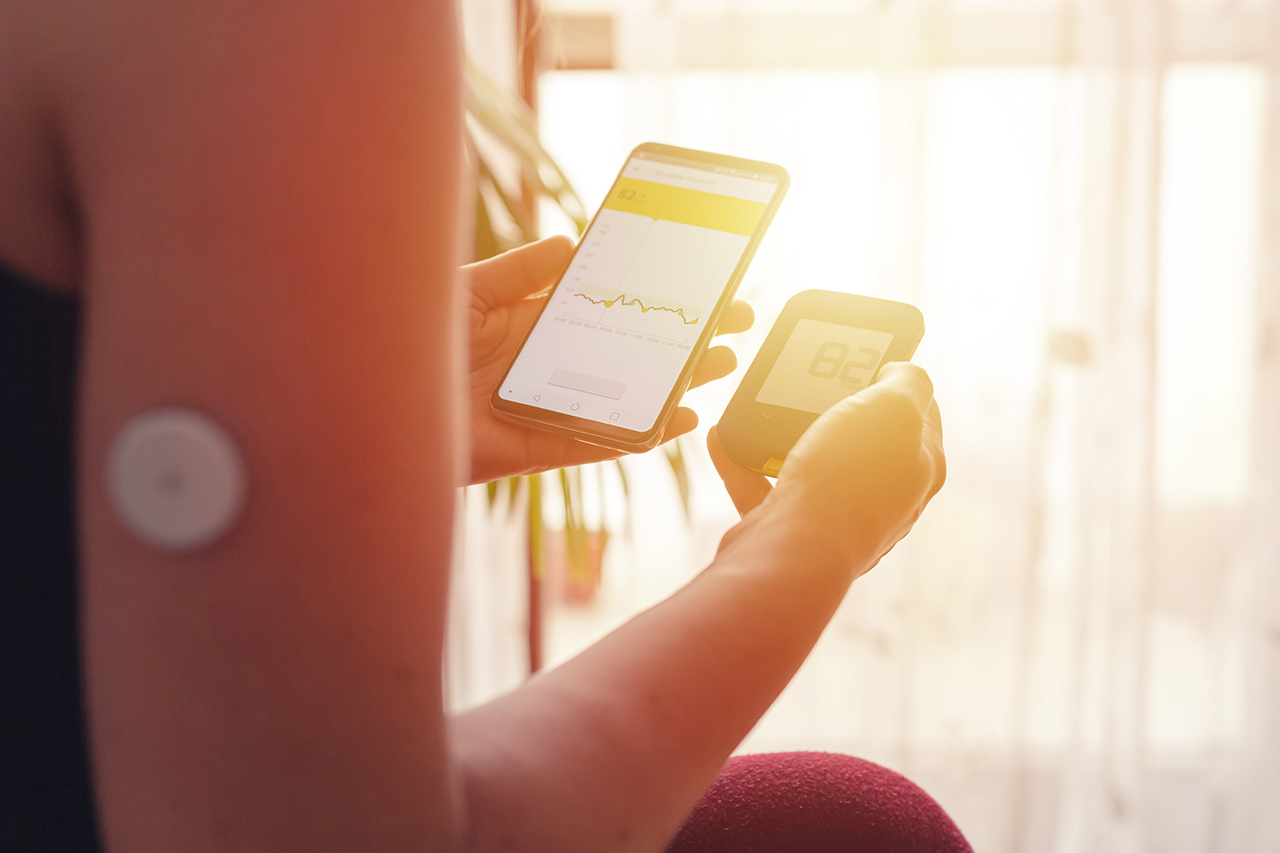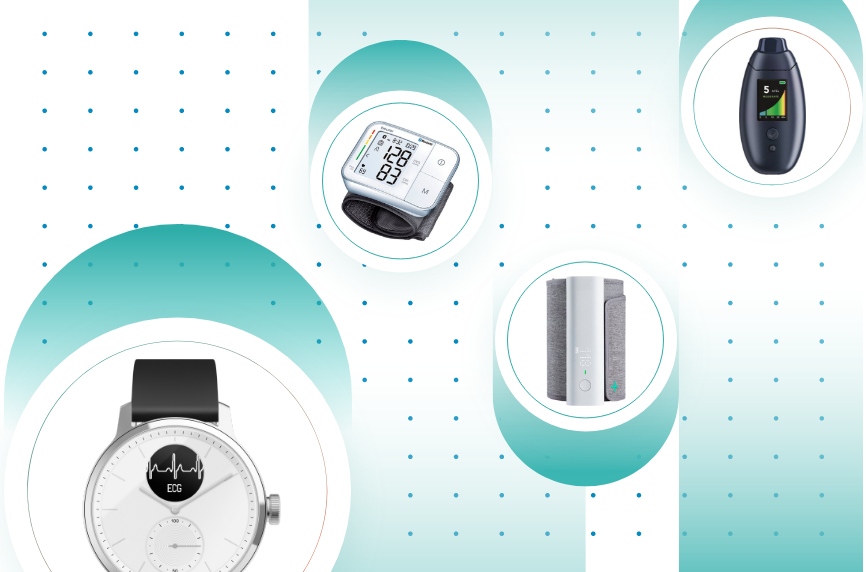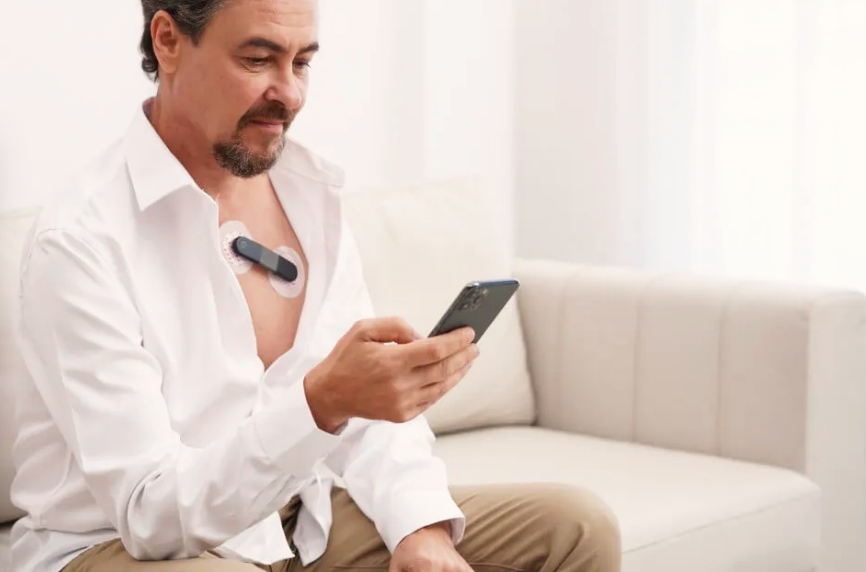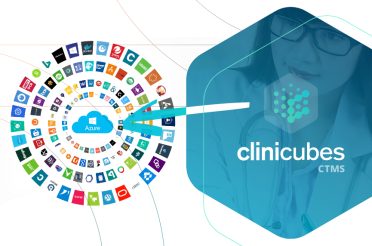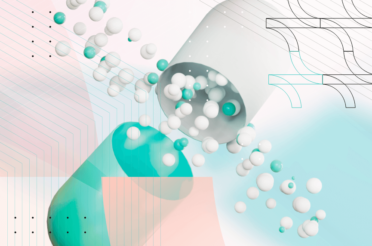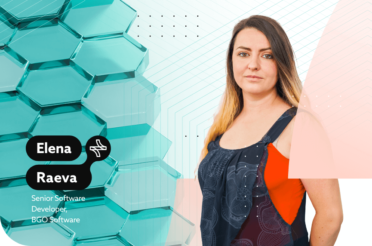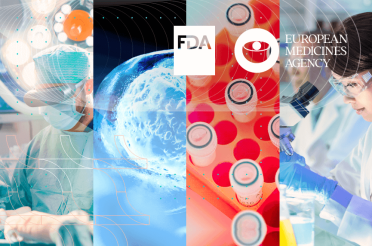In the past decade the world of medicine has been witness to many changes. With the advancements of technology and especially its use in the healthcare industry, people’s behavior towards personal health changed. Patients used to go see doctors and get scans only if vitally necessary or for surgeries, and now people get blood tests and X-ray scans for non-emergent issues.
This rising concern for personal health started to gain traction after the COVID-19 pandemic. That is precisely the time when remote patient monitoring (RPM) experienced a boom.
Just in 2020 because of the pandemic, the global telehealth market grew 135.2%. Experts project that from 2021’s $90.74 billion the market will grow to $636.38 billion by 2028. What this article is here to show you is exactly what part of this unimaginable growth RPM was responsible for.
You will be presented with an explanation of the technology so you may understand it more in depth before viewing the benefits and challenges. And of course exactly how healthcare providers can overcome these problems.
Are you excited to learn more on the matter?
What is RPM in healthcare?
Before the COVID-19 pandemic remote patient monitoring was quite the foreign term for most people. But that all changed when there came a time that people couldn’t just visit healthcare providers and ask for help because of social distancing norms.
That is the time when RPM became more widely spread and the healthcare industry integrated it more in the treatment plans for patients and entire data gathering procedures.
To do that, we must first put forward an exact definition of what remote patient monitoring actually is. For the purpose of that, we will take a look at the definition given by the U.S. Government Accountability Office:
“Remote patient monitoring refers to a coordinated system that uses one or more home-based or mobile monitoring devices that transmit vital sign data or information on activities of daily living that are subsequently reviewed by a healthcare professional.”
In this case, it is to be considered that RPM is applicable by both patients that cannot go to their doctors personally but also ones that have already been discharged and need to be monitored further. By means of remote therapeutic monitoring patients themselves can take more proactive roles in their health management and be a bigger part of the process while remaining at a safe distance in a way as to not neglect their care.

Upgrade the patient care your provide with RPM technology
Contact BGO Software specialists to find out how the specific needs of your healthcare practice can be met by tailoring and adapting the existing RPM technology.

The difference between remote patient monitoring and telehealth
To start off, we must first make clear that remote patient monitoring is absolutely a part of telehealth. Despite this fact, we cannot use the two terms interchangeably at the very least because of coding and billing practices.
Telehealth refers to the practice of using telecommunication technology and electronic information transfer in order to enable long-distance healthcare delivery, public health, administration, medical-related education for patients and professionals.
A part of telehealth is achieved through remote monitoring systems and devices that provide clinicians with the needed data to treat patients, but that is not all it is. RPM has to deal specifically with the use of electronic devices that can transmit health related data via the Internet to the providers while telehealth is far more general in its frame.
The difference between the two can be further appreciated by looking at the difference in Medicare coding and billing guidelines. There are five different Current Procedural Terminology (CPT) codes for RPM.
However, none of them are included in the long list of codes covering telehealth as a whole which is particularly valuable to healthcare professionals when they have to submit insurance claims. That is why the two must be distinguished from one another.
The difference between RPM and patient monitoring
Something else that has to be further explained as different from remote patient monitoring is patient monitoring. Something that is often confusing about the two terms is that patient monitoring refers to patients in hospital rooms where their conditions are monitored by the healthcare providers all the time using equipment and technology in the hospital itself.
In this regard, remote patient monitoring considers cases in which the patient’s health status is still observed by doctors but by using devices and third party platforms to conduct the whole treatment. These third party technologies apply cloud and Internet technology, including video conferencing capabilities and are used to closely monitor post-operative patients and ones with chronic diseases and mental health conditions.
Now it is also important to explain how exactly RPM technology functions.
How does remote patient monitoring work?
Despite all the definitions we have already shown you, we have to still explain exactly how all of that technology combines with the people using it to create the entire system.
There are a couple of steps needed in order for the whole process to function smoothly:
- The healthcare provider first identifies the conditions needed to be monitored remotely and creates a program specific for that patient. Here is planned out exactly what kind of remote devices will be required for the individual patient.
- When the plan is ready, it is usually discussed with a patient to get their consent.
- Then they are provided with the needed devices. Such devices are for example blood pressure monitors, continuous glucose monitors, oxygen level meters, weight scales and also pulse oximeters which are devices capable of measuring the oxygen saturation of your blood. The devices are usually connected cellularly or via Bluetooth.
- The devices transmit the medical data that they have gathered to the healthcare providers utilizing the Internet.
- Providers run an analysis of the information they have received and give patients individual assistance and advice according to the results.
It is valuable to mention that there are other steps doctors will have to go through before setting the whole chain up. They must firstly find the patients and acquire the needed devices.
Afterwards they have to set up the necessary programs for the individuals and develop policies to safeguard everything. They will also have to include additional staff that has to be trained in the procedures and technology.

Enhance the healthcare delivery of your practice with digital health technology
Explore all the ways through which remote patient monitoring technology can benefit your practice and your patient’s outcomes.
Knowing how remote patient monitoring works is only the beginning. But if we want to have all the benefits of it, we have to start somewhere.
Remote monitoring devices
As we have previously mentioned, there are a large number of devices that are used to monitor patient health from a distance. In this section you can better understand these devices and learn the difference between the types of technology they use to connect to the screen of your healthcare provider.
- One such device is a blood pressure monitoring cuff patients usually get to wear on their wrists. With it, doctors can constantly monitor a patient’s blood pressure far more accurately than they can during an in-person visit. The reason for that is that a patient’s blood pressure can actually rise during such a meeting because of the stress of meeting with a physician.
- Weight monitoring scales are also great devices used to help people with obesity problems. The way this is more practical than in-person visits is that healthcare providers can observe even small gains of a few pounds and respond immediately by adjusting medication or organizing a telehealth or personal meeting with the patient. It is a serious thing to be kept in check, given that obesity issues can lead to congestive heart failure, heart disease and high-risk patients for diabetes can be better managed.
- A blood glucose level monitor is a vital part for diabetes management. Diabetes symptoms are extremely difficult to notice and are only recognized when patients are already experiencing hyperglycemia (glucose level is too high) or hypoglycemia (blood sugar level is too low) which can lead to serious problems concerning the eyes, kidneys, heart and nerves.
A big difference between remote monitoring devices is the way they establish the connection so they can transmit the medical data to the healthcare providers. The two types of connection are using cellular technology and Bluetooth technology. When establishing a remote monitoring system it is to be considered quite carefully which type is more suitable to your organization, patients and practitioners as both come with their upsides and downsides.
The upsides of cellular remote patient monitoring devices:
- Easier to use as they don’t involve any complicated technology and need only be powered with batteries and used anywhere where the service provider has coverage.
- Offer two-way communication between the patient and their providers.
- Transmit immediate real-time health data without delay.
The downsides:
- Limited to the service provider’s area of coverage and may pose a limitation for rural areas.
- Higher costs when using cellular networks.
- If the service network experiences an outage there can be a loss of communication between the devices and the healthcare providers.
The upsides of Bluetooth remote patient monitoring devices:
- Operate with short range wireless connection in order to send medical information to devices connected to the Internet. If the patient has an Internet connection they don’t have to worry about cellular coverage.
- Can be purchased easier than most cellular remote monitoring devices.
- Improved total annual healthcare expenditures because there is no need of a cellular connection.
The downsides:
- Two-way communication may not be possible at all.
- Bluetooth devices are a bit more complicated to set up.
- The privacy of the devices is not absolute as the short range signal transmitted could be discoverable in near networks.
- Patients must have a reliable Internet connection.
Now that we have described the advantages and limitations of the two types of connection it is obvious that there isn’t really a perfect solution. Healthcare organizations have to choose which one is more suited for their particular remote patient monitoring or even their particular patient. Some patients may become frustrated with Bluetooth devices and find cellular connecting ones easier to use while others may find them old-fashioned and protest that they are already used to their Bluetooth devices.
How to set up a Remote Patient Monitoring system?
These are just a few tips on what you should ask yourself when choosing the system most suitable for your RPM programs:
- What remote monitoring services do you want to offer?
It is quite important to first establish what services your organization provides exactly. Of course there can be a wide variety of services and things you can monitor and provide medical guidance for, but it is not uncommon to see professionals focus on specific conditions. For example, endocrinologists would utilize blood glucose meters while cardiologists would be more suited to monitoring blood pressure and weight.
- Who will support you through the development of this massive project?
You should find the right IT partner to work with because the success of the whole RPM project depends on your productive relationship. Take some time to thoroughly research and evaluate potential partners to find the one that is the best fit for your needs.
Here are a few specific skills and qualities you need to look for:
- Reliability. You want to work with a software development company that you can rely on to deliver high-quality work on time and within budget. Therefore, you should search for a company with a proven record of successful projects and a strong reputation in the industry.
- Expertise. A reliable software development company will have a team of experienced professionals with the required skills and knowledge in health tech to provide insights and recommendations.
- Communication. You should clearly articulate your goals and expectations, and your IT partner should be able to provide regular updates on the progress of the project. It is also noteworthy to mention that depending on how easy or how difficult the system is to use by the patients and the practitioners very much goes to the success of the whole thing. If your doctors or patients find the system difficult to use, it won’t find any success.
- Which RPM services suit your healthcare organization?
The type of service your RPM system utilizes will be very important to how the entire remote patient monitoring program functions.
To help you with that, here are some explanations of the different service types you can direct your system with:
- The first option is a full-service program where a contract is made with a vendor for the healthcare organization to receive the devices and redistribute them to patients or for the vendor to supply the patients directly.
- The second option for a remote patient monitoring system is a self-managed program. Here the organization itself has to manage the supply of devices and it has to provide technical support for patients.
- Where do you get your remote patient monitoring equipment from?
It is vital to consider the vendors you are getting all the equipment from. Many vendors require your organization to use only their devices and are not compatible with ones from other manufacturers.
Furthermore, different vendors ship the equipment to either the individual patients or to your organization directly, in which case you will have to set up the whole shipping line to get the necessary equipment to your patients.
And lastly, it is very important to know if the particular vendor offers technical support for the devices and equipment or at least some kind of training on how they are used and managed.
Benefits of Remote Patient Monitoring
RPM brings many benefits to the table:
- More patients and practitioners receive detailed information on the health conditions and parameters so they can better understand the situations and achieve better clinical outcomes
- With RPM patients can contact their healthcare providers almost immediately and receive help as they don’t need to personally visit their doctors in hospitals.
- Patients have more influence and are a bigger part of their own well being as they have to actively participate in the gathering of data. This way there is a smaller risk of medication nonadherence on the patient’s side and better health outcomes.
- To improve patient outcomes is a great clinical benefit. They are the result of small changes in a patient’s vital signs being noticed easier and faster. This way, practitioners can take quicker steps to improve the patient’s condition.
- Costly health outcomes are also something to be considered. Hospitals can allocate limited resources to other functions that were previously used for the gathering of patient data and the maintenance of more hospital space.
- One other benefit is that hospitals are places where infections fester and the chance of getting sick increases. By using RPM devices from their homes, patients limit their visits to the hospitals and can protect themselves far easier than before.
- During a public health emergency, such as the COVID-19 pandemic, RPM plays a valuable role in reducing the burden on the healthcare system. It helps to reduce the risk of transmission of infectious diseases and can free up hospital and clinic resources to focus on more critically ill patients.
- Remote patient monitoring has the potential to improve disease control for patients with chronic conditions by enabling more frequent and convenient monitoring of their health status. Furthermore, many states across the US have implemented Medicaid services that cover remote patient monitoring for individuals with chronic conditions.
In the consideration of the benefits, we have to also mention that a lot of insurance companies have policies precisely for remote monitoring and can therefore provide financial aid for patients using this new technology.
But there is no need to worry as nurses can still be a big part of remote patient monitoring. There will be nurses that monitor patients that can take immediate action in response to the physiological data they receive through the RPM devices.
The entire process may as well encounter challenges, but none that cannot be solved. One such challenge would be the storage and processing of such large amounts of patient health data. As we mentioned, cost savings can be achieved by utilizing RPM and the resources can be directed to create servers and storage components that can handle the massive amounts of data.

Whether you’re a startup, a Fortune 100 company or a government organisation, our team can deliver a solution that works for you.
BGO Software
As this article has shown, remote patient monitoring can surely provide great benefits to the healthcare industry and whatever challenges it could pose can be solved and managed. That is why medical providers should invest in the goal of achieving innovation in the field of patient care.
But innovation works only when it is built on a solid foundation. And the only way to absolutely ensure it is to have a trusted partner with more than 10 years of experience in the healthcare system that can provide efficient software solutions meeting industry standards.
